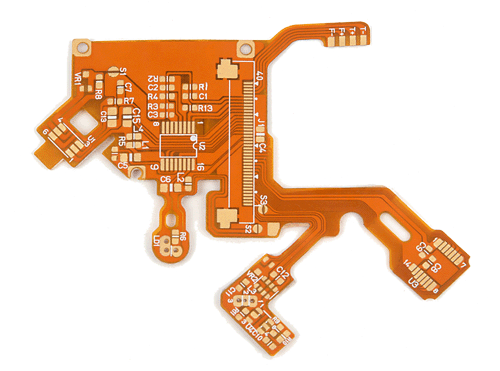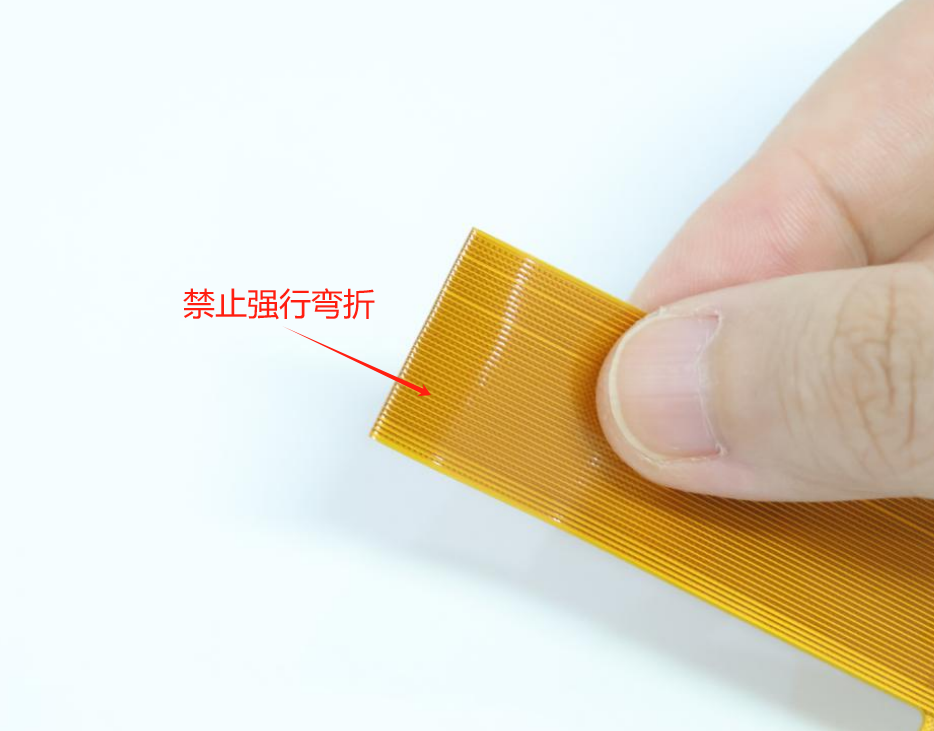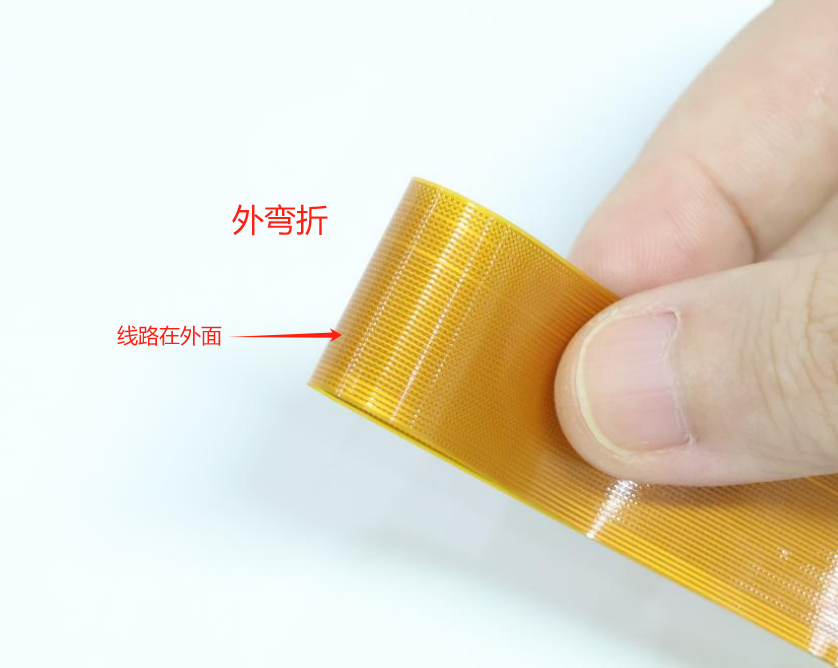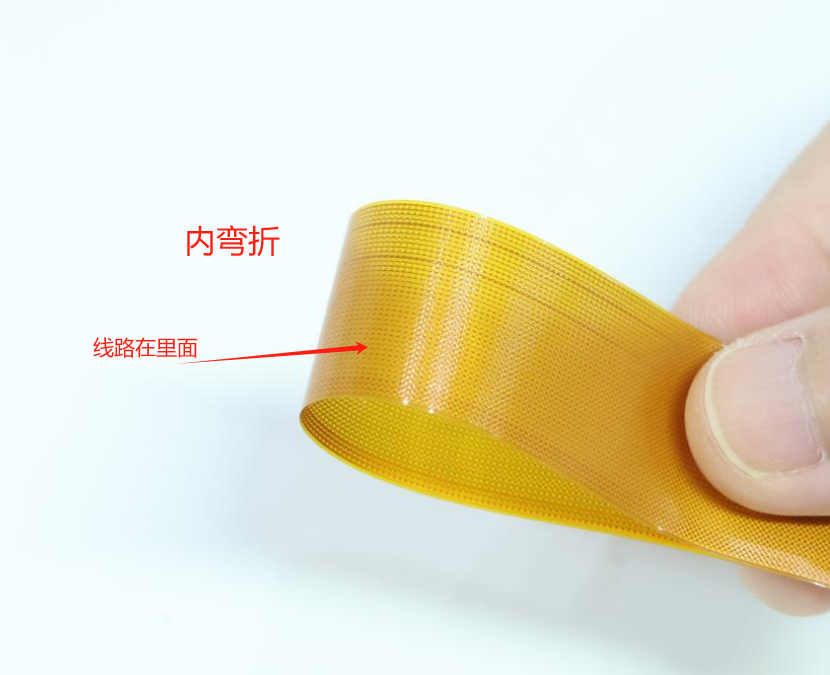FPC Cable Layout Design Specifications: Preventing Breakage, Intermittent Contact, and Ensuring Stable HD Display Transmission
In the era of smart devices pursuing ultimate visual experiences, high-definition display quality is critical. However, data indicates that a significant portion of display failures originate from signal transmission issues. As the data "lifeline," the rational layout design of FPC cables directly determines product reliability and user experience. To avoid common pitfalls, adhere to the following core design specifications and critical considerations:

Core Design Specifications: Key Principles for Enhanced Cable Reliability
Precision Bending to Prevent Cable Breakage:
Minimum Bend Radius: Must be ≥5mm during cable bending. Smaller radii induce excessive stress on internal conductors, significantly increasing fracture risk.
Preferred Bend Direction: Prioritize inner bends over outer bends. Outer bends subject conductors to tensile forces, reducing cable lifespan.
Avoid Repeated Flexing: Strictly limit multiple bends at the same location. Aim for single, precise bending operations.
Design Note: Microscopic bend damage is often the hidden cause of batch failures.

Secure Fixing to Eliminate Vibration Interference:
Operational vibration is a major adversary to cable reliability, leading to connector intermittent contact and signal instability.
Effective Solution: Use high-reliability pressure-sensitive adhesive tape to firmly secure the cable route at multiple points. This is a highly cost-effective measure to prevent vibration-related failures.
Optimized Length for High-Speed Signal Integrity:
With the proliferation of 4K/8K high-resolution displays, FPC data transmission volumes surge, making cable length critical for signal quality.
Recommended Standard: Display data transmission cables must be ≤10cm. Short distances ensure high-speed, low-loss transmission.
Extended Length Protocol: If structural constraints necessitate 20–30cm cables, strict batch validation is mandatory to verify signal integrity, stability, and production yield compliance.

Critical Considerations:
Avoiding Display Damage and Functional Limitations
TFT Screen Protection Rule: Absolutely no mechanical stress may be applied to the display panel! External force or stress causes irreversible "Mura" (clouding) defects.

Display Rotation Limitations:
Resolutions ≤320x480:
Typically integrate full RAM, generally supporting 90° image rotation (enables flexible layouts and power optimization).
Resolutions >320x480:
Due to no or limited internal RAM, 90° rotation is generally unsupported. Model-specific support must be confirmed with our FAE!
Image Mirroring Function: Most displays support vertical/horizontal image mirroring via hardware (jumpers) or software commands. Implementation methods and model compatibility must be confirmed with our FAE!
About CNK
Founded in Shenzhen in 2010, CNK Electronics (CNK in brief) expanded the world leading factory in Longyan, Fujian in 2019. It is a specialized and innovative enterprise specializing in the design, development, production and sales of display products. CNK provides customers with a full range of cost-effective small and medium-sized display modules, solutions, and services with excellent quality worldwide. Oriented in technology and high quality, CNK keeps sustainable development, works to offer customers better and stable services.



